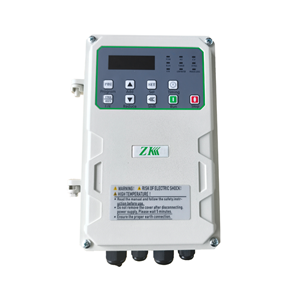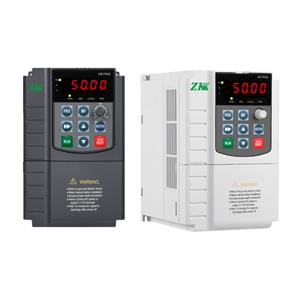The Development of Photovoltaic Water Pump Inverters in 2025
1. Introduction
In 2025, the development of photovoltaic water pump inverters is witnessing remarkable progress, driven by the increasing global emphasis on clean energy and the pursuit of sustainable solutions for water supply and irrigation. These inverters play a pivotal role in converting the direct current (DC) generated by solar panels into alternating current (AC) to power water pumps, enabling efficient utilization of solar energy in various applications.
2. Technological Advancements
2.1 Enhanced Efficiency
One of the most significant trends in 2025 is the continuous improvement in the efficiency of photovoltaic water pump inverters. Manufacturers are investing heavily in research and development to optimize the conversion process, reducing energy losses. Advanced semiconductor materials, such as silicon carbide (SiC) and gallium nitride (GaN), are being increasingly adopted. These materials offer lower resistance and higher switching speeds compared to traditional silicon-based components. For example, inverters using SiC modules can achieve conversion efficiencies of over 98%, significantly higher than the previous generation of inverters. This enhanced efficiency not only maximizes the utilization of solar energy but also reduces the overall cost of the photovoltaic water pump system, making it more economically viable for a wider range of applications.
2.2 Smart and Intelligent Control
The integration of smart and intelligent control features is another key development. In 2025, photovoltaic water pump inverters are equipped with advanced microprocessors and sensors. These allow for real-time monitoring and adjustment of various parameters, such as solar irradiance, water level, and pump performance. Through the application of algorithms like maximum power point tracking (MPPT), the inverter can continuously optimize the operating point of the solar panels to extract the maximum amount of power. Additionally, intelligent control systems can adapt to changing environmental conditions. For instance, if the solar irradiance suddenly decreases due to cloud cover, the inverter can automatically adjust the pump speed to ensure stable water supply while maintaining energy efficiency. Some high-end inverters also support remote monitoring and control via the Internet of Things (IoT). Operators can monitor the status of the photovoltaic water pump system from anywhere in the world using a smartphone or computer, receive alerts in case of malfunctions, and even perform remote troubleshooting and software updates.
2.3 Integration with Energy Storage
With the growing need for stable and reliable water supply, the integration of photovoltaic water pump inverters with energy storage systems is becoming more prevalent in 2025. Energy storage devices, such as lithium-ion batteries, can store excess energy generated by the solar panels during the day for use during periods of low solar irradiance, such as at night or on cloudy days. The inverter plays a crucial role in managing the charging and discharging of the energy storage system. It can control the flow of electricity between the solar panels, the pump, and the battery to ensure efficient energy utilization. This integration not only provides a continuous water supply but also helps to balance the load on the electrical grid, reducing the impact of intermittent solar power generation. In some off-grid applications, the combination of photovoltaic water pump inverters and energy storage systems has become the standard solution, enabling self-sufficient water supply in remote areas.
invertersphotovoltaic-water-pump-invertersphotovoltaic-water-pump-invertersphotovoltaic-water-pump-invertersphotovoltaic-water-pump-invertersphotovoltaic-water-pump-invertersphotovoltaic-water-pump-invertersphotovoltaic-water-pump-inverters




